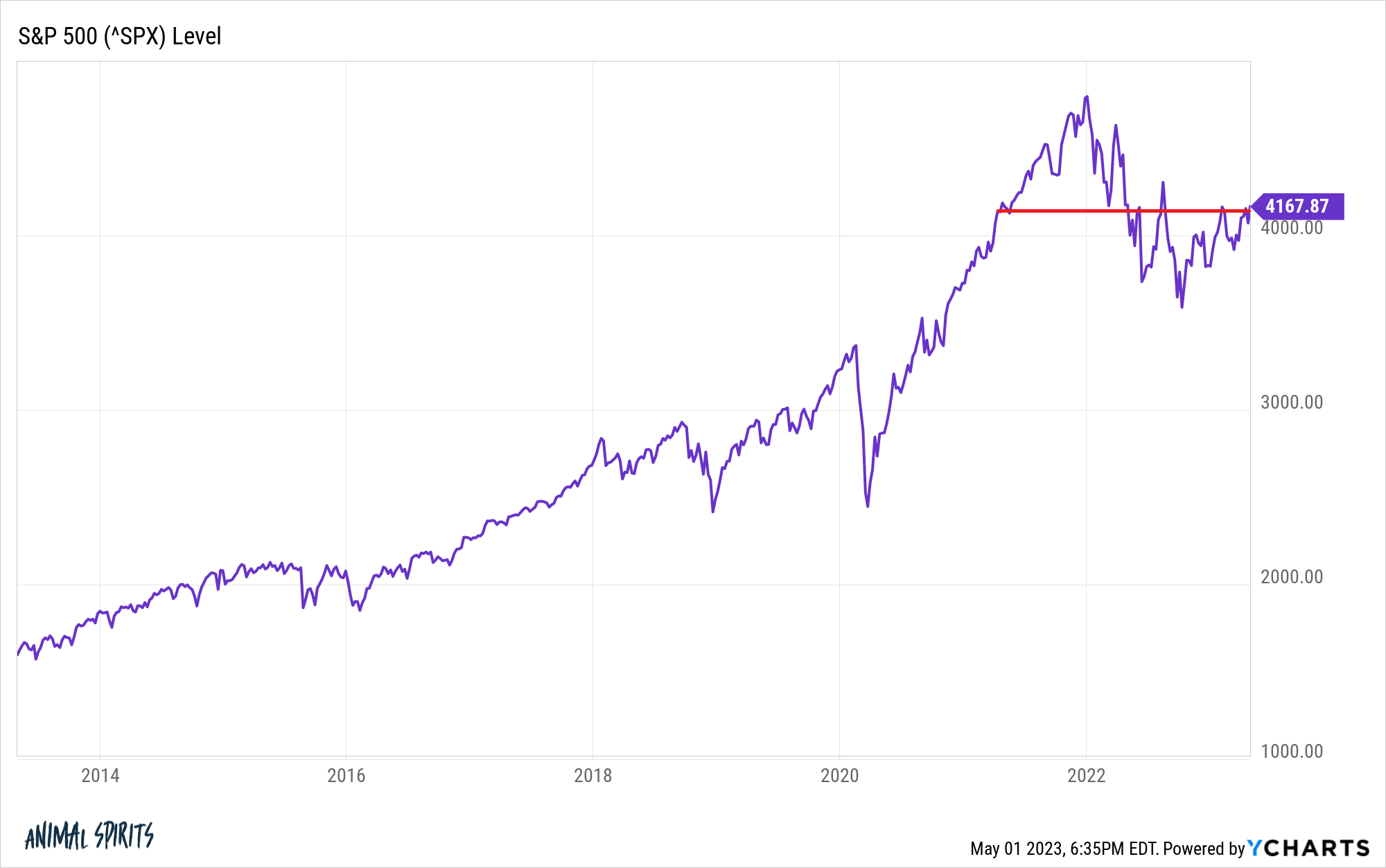BMW And Porsche In China: Market Headwinds And Strategic Responses

Table of Contents
Growing Competition in the Chinese Luxury Car Segment
The Chinese luxury car segment is no longer a duopoly. The rise of domestic Chinese luxury brands like Hongqi, with its focus on national pride and heritage, and the high-end models from BYD, a leader in electric vehicles (EVs), presents a formidable challenge to established players like BMW and Porsche. These domestic brands are not only offering comparable features but often at more competitive price points. This increased competition necessitates a fundamental shift in strategy for international brands.
- Increased competition from domestic brands: Chinese manufacturers are leveraging advanced technologies and sophisticated designs, directly challenging the dominance of international luxury brands. This pressure is forcing a price war in some segments.
- Pressure to innovate: To maintain their premium image, BMW and Porsche must continuously innovate, offering cutting-edge technology, advanced driver-assistance systems (ADAS), and superior performance to justify their higher price tags.
- Localized marketing strategies: Appealing to the nuances of Chinese consumer preferences requires tailored marketing campaigns that resonate with local cultural values and aspirations. This includes adapting advertising messaging and choosing brand ambassadors carefully.
Economic Slowdown and Shifting Consumer Preferences
Economic fluctuations in China significantly impact luxury car sales. Recent economic slowdowns have led to a decrease in consumer spending on discretionary items, including luxury vehicles. Furthermore, consumer preferences are evolving rapidly. There’s a growing demand for EVs and hybrid vehicles, driven by government initiatives promoting sustainable mobility and increasing environmental awareness among consumers.
- Economic uncertainty impacting spending: The Chinese economy's performance directly correlates with luxury car sales. Periods of uncertainty lead consumers to delay or forgo such purchases.
- Growing demand for EVs: The Chinese government's push for electrification, coupled with consumer interest in environmentally friendly vehicles, creates pressure for BMW and Porsche to invest heavily in their EV portfolios.
- Evolving consumer preferences: Sustainability and technological advancement are key factors influencing purchase decisions. Luxury brands must demonstrate a commitment to both to remain competitive.
Navigating Regulatory Hurdles and Government Policies
The Chinese government actively shapes the automotive industry through strict regulations on emissions, safety standards, and import tariffs. These regulations directly affect BMW and Porsche's operational costs and strategic planning. Compliance necessitates significant investments in technology and infrastructure.
- Stricter emission regulations: Meeting stringent emission standards requires substantial investments in electric vehicle technology and research and development.
- Navigating import procedures and tariffs: Complex import procedures and tariffs add to the cost of doing business in China, impacting profitability.
- Adapting to evolving government policies: The regulatory landscape is constantly changing, requiring brands to remain agile and adapt quickly to new rules and guidelines.
Strategic Responses: Adapting to the Chinese Market
BMW and Porsche are responding to these challenges with a variety of strategic initiatives. Both brands are investing significantly in local manufacturing and R&D to reduce costs and tailor products to Chinese consumer preferences. They are also focusing on electric vehicle development and employing sophisticated marketing campaigns targeted at the Chinese market.
- BMW's investment in local manufacturing and R&D: BMW has established strong manufacturing facilities in China, enabling localized production and faster response times.
- Porsche's focus on electric vehicle development: Porsche is rapidly expanding its EV portfolio to meet growing demand for electric vehicles in China. They have also adapted their marketing to emphasize the technological innovation of their offerings.
- Localized product adaptations: Tailoring models to meet specific preferences, such as offering unique color options or interior designs popular in China, is crucial.
- Strategic partnerships: Collaborations with local suppliers and technology companies help brands leverage local expertise and build stronger relationships within the market.
Charting a Course for Success: The Future of BMW and Porsche in China
BMW and Porsche face significant headwinds in the Chinese automotive market, including intensified competition from domestic brands, economic fluctuations, and evolving government regulations. However, their strategic responses—investments in local manufacturing, electric vehicle development, and localized marketing campaigns—demonstrate a commitment to navigating these challenges. The future success of these luxury brands in China will depend on their continued ability to adapt to the dynamic market conditions and anticipate future trends. To further your understanding of this complex and crucial market, we encourage you to research the BMW and Porsche strategies in China and delve deeper into topics like Chinese luxury car market trends, EV adoption in China, and the impact of government policy on the automotive industry in China. The Chinese automotive market is constantly evolving, and staying informed is key to understanding the future of luxury car brands within it.

Featured Posts
-
 Resilience De L Euro Decryptage Face Aux Tensions Economiques Et Politiques
May 11, 2025
Resilience De L Euro Decryptage Face Aux Tensions Economiques Et Politiques
May 11, 2025 -
 Kompany Onder Vuur Vernederende Nederlaag
May 11, 2025
Kompany Onder Vuur Vernederende Nederlaag
May 11, 2025 -
 Mlbs Aaron Judge Historic Performance Echoes Baseball Legends
May 11, 2025
Mlbs Aaron Judge Historic Performance Echoes Baseball Legends
May 11, 2025 -
 Adam Sandlers Surprise Oscars 2025 Cameo Outfit Chalamet Hug And The Joke Explained
May 11, 2025
Adam Sandlers Surprise Oscars 2025 Cameo Outfit Chalamet Hug And The Joke Explained
May 11, 2025 -
 Stock Market Valuations Bof As Argument Against Investor Concern
May 11, 2025
Stock Market Valuations Bof As Argument Against Investor Concern
May 11, 2025
